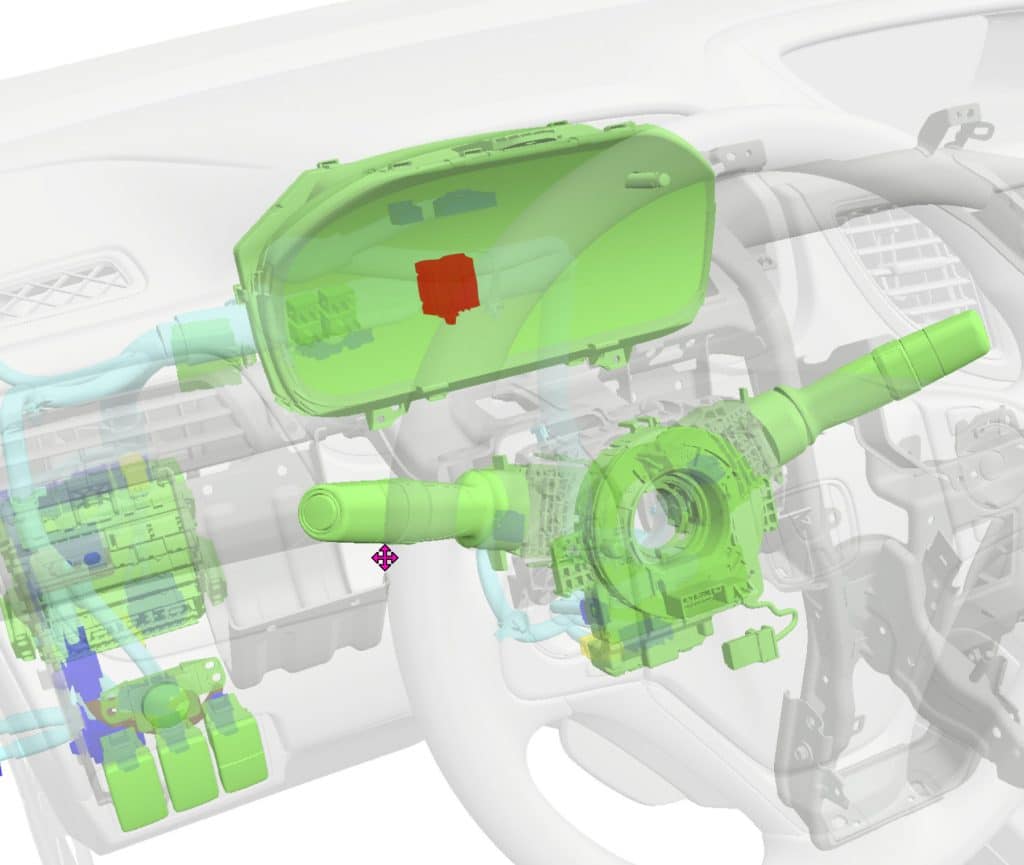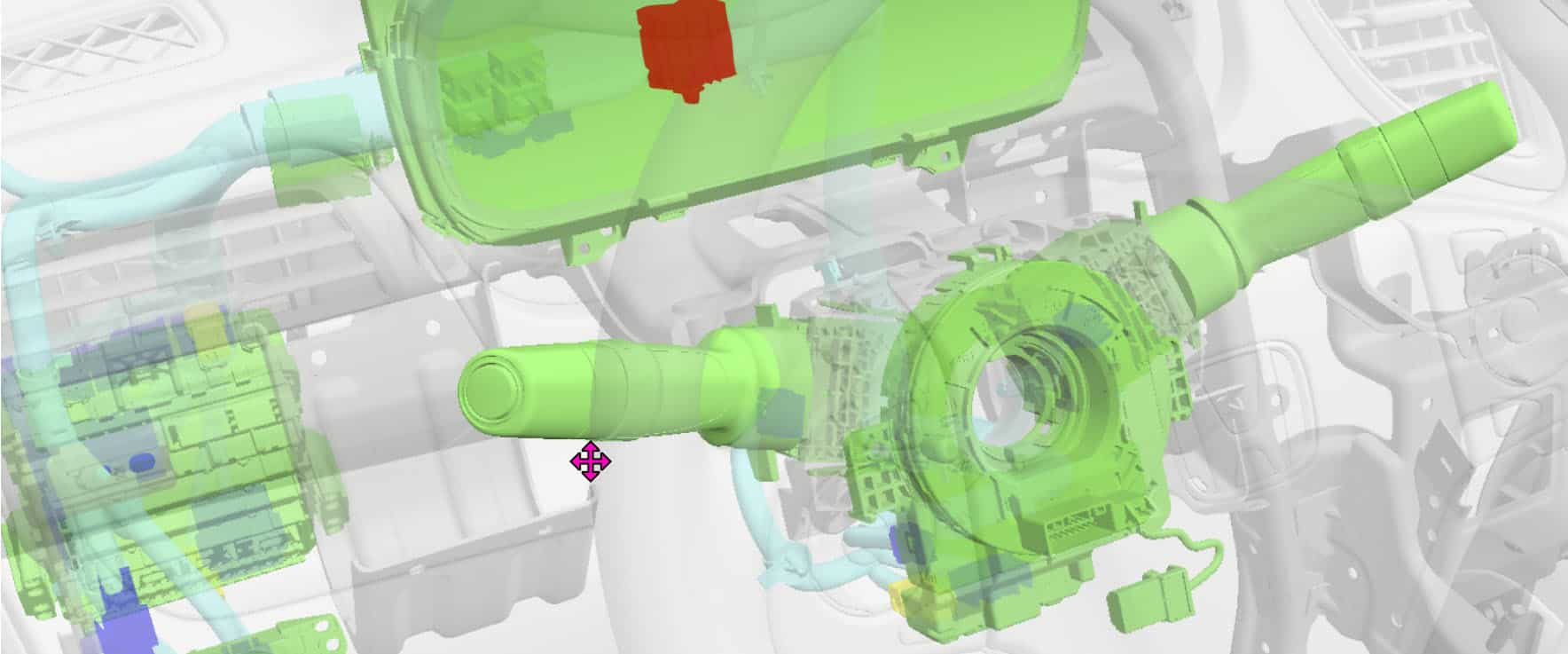There are more than a couple terms used to describe Honda battery drain: key-off drain, parasitic drain, or if you want to be fancy, quiescent draw.
Regardless of what you call it, it amounts to the same thing. If you leave your Honda sitting unused for a while, the battery will go dead, and you won’t be able to start your car.
Honda has more trouble with their batteries dying overnight than the other makes we repair. The Honda CR-V is probably the worst, followed by the Honda Fit, but all of the Honda models have issues. The Civic, Pilot and even the reliable Accord can have issues with the battery dying.
What is key off drain?
Parasitic or key-off drain is any current being drawn from the 12-volt battery when the car is off. All cars have some drain. It’s unavoidable. Electronic components like the body control module (or MICU in Honda’s terminology), need power to stay awake so you can unlock the doors with your remote or smart key. The ECUs need power to retain their memories. The security system needs power to monitor the doors.
While it’s normal for your Honda to drain its battery while it’s sitting, it should take quite a long time to do so if everything is working properly. Key off drain becomes a problem when the battery is drained in less than a week or even overnight.
How do check your Honda for key off drain?
You can use a multimeter to check for key off drain. Drain is measured in thousandths of an amp, or milliamps. In order to measure current with your multimeter, you’ll need to change the position of your positive lead to the “A” or “mA” port.
Remove the negative terminal and connect the negative lead to the post. Then connect the positive meter lead to the negative battery cable. This way all of the current the car uses will pass through the meter.
How much key off drain is too much?
Most mechanics use a rule of thumb, which varies depending on the size of the mechanic’s thumb. But seriously, there usually isn’t a published specification. Anything over 80mA (or .080A) is too much in my view, and parasitic draw is usually much lower on modern cars. Normal is usually between 12mA (.012A) and 30mA (.030A).
However, don’t get fooled. It takes a while for a car to fall asleep. In general, if you find excessive key off drain you should give the car at least 1/2 an hour to settle down. Also make sure your hood latch, doors, and trunk are all closed, and the key is out of the ignition. You may need to manually close the hood or trunk latch depending on the location of the battery.
How do you find the source of the key off drain?
Everything up until now has been the easy part. Finding the car has a key off drain is fairly easy. Finding the cause is considerably more difficult. The first step is to find out what circuit the drain is on, and the best way to do that is to isolate the engine room fuse that the drain is flowing through.
There are two methods for doing this. The first we’ll call the “invasive method”. The second we’ll call the “non-invasive method”.
The invasive method
- Remove a fuse from the fuse box
- Recheck the drain.
- If the drain is gone you found the circuit.
- If the drain isn’t gone, put the fuse back in.
- You may need to wait up to 30 minutes for the car to go back to sleep with some fuses
- Repeat from step one until you find the fuse responsible for the draw.
While it’s nearly certain that the fuse responsible for the drain will be in the engine room fuse box, remember that some fuses are fuse links and may not be easy to remove, and may even be impossible to remove without removing other fuses as well.
The non-invasive methoD
Ohm’s law tells us that when current flows through a resistance voltage will drop across the resistance. A fuse has a small amount of resistance, otherwise it wouldn’t overheat and melt with excessive current flow.
Instead of removing each fuse to see which one is flowing current, we can measure the voltage drop across the fuse. There are several fuse voltage-drop charts available on the web. The one below is from MVW Autotechniek. You can click on the image to see the full document.
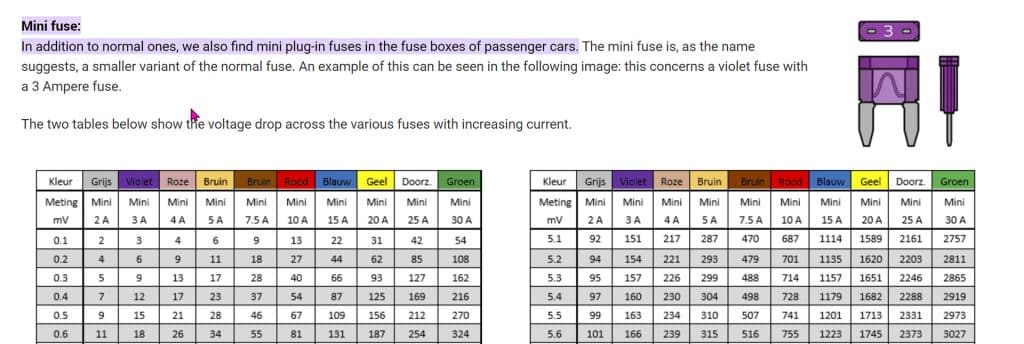
In the chart above you can see that a voltage drop of .400 mV across a 10A mini fuse indicates a current flow of 54mA. In the images below you can see a power supply set up to deliver a constant current of 55mA and the actual voltage drop across a 10A mini fuse is .395mV, which is pretty darn close to what the chart predicts. Very cool, and also very useful.

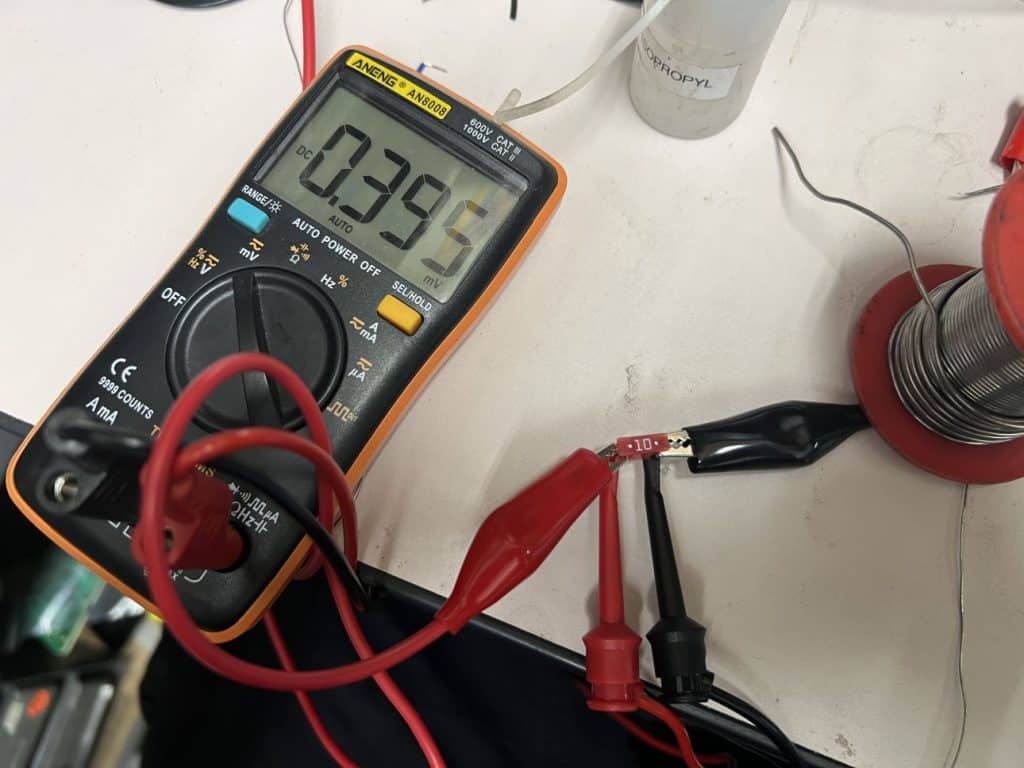
What causes Honda parasitic draw on Honda cars?
I’m sure everyone would like a “silver bullet”. The one solution for the battery that keeps going dead on their Honda. Unfortunately, there are many solutions because there are several different problems. It’s not one problem for all Honda vehicles.
Honda air conditioning relay sticking on
Many Honda cars like the Odyssey, Pilot, and Accord in the mid-2000s had issues with the air conditioning compressor clutch relay sticking on and killing the battery. AC relays continue to plague Honda vehicles, but usually not because they’re sticking on. If you have an older Honda, this is certainly something you can quickly check. Remove the relay and see if the drain goes away.
MICU “stuck on stupid”
The MICU (multiplex integrated control unit) does sometimes fail on Honda vehicles. Sometimes simply disconnecting the battery for a while then reconnecting will fix this issue. Sometimes a new MICU is needed. However, the MICU is frequently misdiagnosed! Be very careful before condemning this component or you may be wasting your money. The MICU nearly always passes power through to other systems, and it also can be kept awake be many body inputs.
“Backup” fuse A29
The single most common fuse associated with a key off drain is the Backup fuse, which seems to be labeled 29 on many Honda models (which is kind of handy; thanks Honda). This fuse powers the MICU, but nearly always passes through the MICU to power other units like the audio/navigation unit, the gauge cluster, the information display, and others.
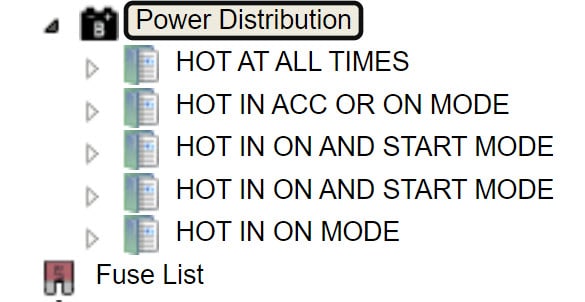
If you’re using Honda’s techinfo site (and you should), the way to find out what each fuse powers is with a power distribution diagram. They break power distribution into sections, including hot at all times, which is what matters to you if you’re looking for a key off drain.
You’ll notice there’s a perfect central point for testing in the diagram to the right. At Junction Box #2 you can isolate the MICU, the gauge control, and display, the solar sensor, and the audio/navigation unit.
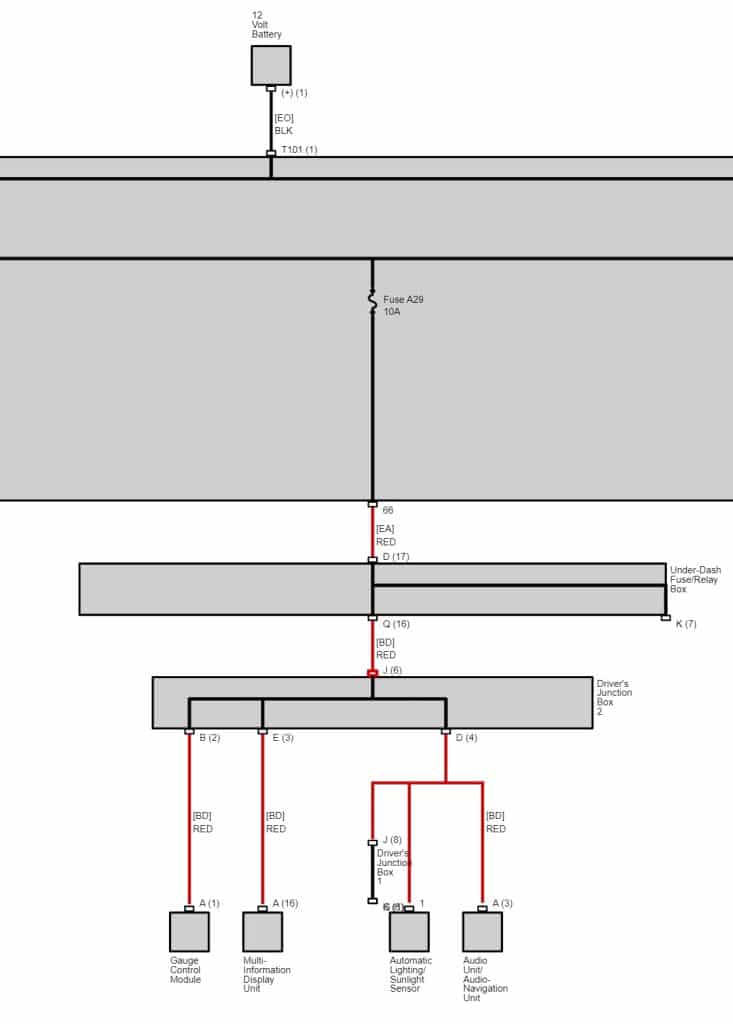
Honda has a much better than average EWD (electronic wiring diagram) rivaled only by Toyota’s, at least for the cars we repair here. One of the most frustrating parts of electrical diagnostics is being able to find the source of the problem on the diagram, but being completely unable to locate the connector, component, or ground that’s likely at fault. I think it’s worth buying a 1-day subscription even for a DIY’er.
What if the MICU is causing the draw?
I’ll end with this, but perhaps it would be a better beginning. If the MICU is the source of the draw, be very careful about assuming that it’s the cause of the draw.
Check for any inputs that might be keeping it awake. In fact, it might make sense to make this your very first step on any Honda with a key off draw.
Just check in inputs in the body control. We use the Honda HDS, but the Autel does a great job as well and imagine there are other scanners that work well too.
Check all inputs like the key in switch, door switches, lock knob switch, lock button switches, lock cylinder switches, etc. Any of this stuff can keep the MICU awake and it isn’t a problem with the MICU.
Good luck, and good hunting.
